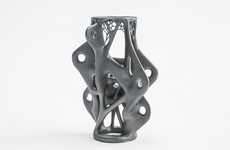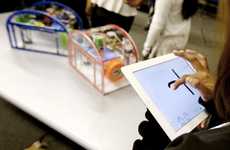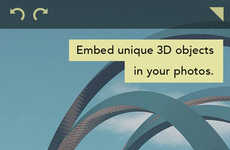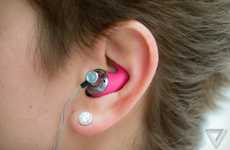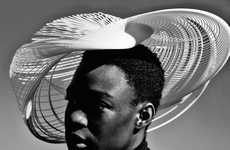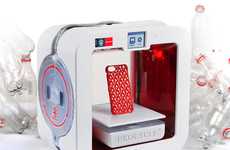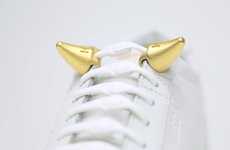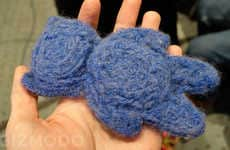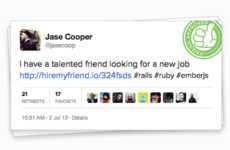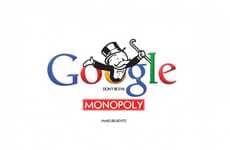



Technology that crosses senses adds appeal for consumers
Implications - Synesthesia, a talent once seen as a disability, is the ability to mentally cross senses. A step further, it has become an inspiration for innovation in the tech realm, as consumers seek more unique forms of entertainment. The appeal of being able to hear an image or smell a sound is not just a novelty, it's a means of using technology to break natural boundaries and ultimately, redefine communication.
Trend Themes
1. Synesthesia-inspired Tech - As consumers seek more unique forms of entertainment, companies are innovating by creating sensory crossovers, such as Mellodigram's sound photos and Itseez3D's 3D models, which can open possibilities for mixed reality experiences.
2. Crowd-based Search Engines - By utilizing social network platforms, like Jelly, to crowdsource question and answers, businesses can explore new ways to personalize content for their customers without solely relying on common search engines.
3. 3D Selfie Technology - With the creation of life-like figurines that can be generated in a matter of minutes from a range of 3D selfie apps and printing technology, companies have the opportunity to create unique gifts and interactive avatars for consumers.
Industry Implications
1. Consumer Electronics - The rise and use of sensory tech in these apps and search engines disrupts the world of media by creating new ways to experience content with mixed reality and socialization.
2. Marketing and Advertising - Companies can incorporate these playful and custom-made 3D models into advertisements, product images and virtual storefront displays, as well as interactive gameplay and unique personalized content.
3. Entertainment - By exploring sensory crossovers and crowd sourcing content, companies in this industry can innovate their storytelling methods and provide more interactive, personalized mixed media experiences to audiences.

